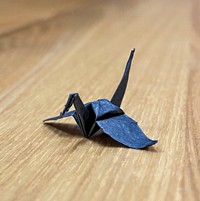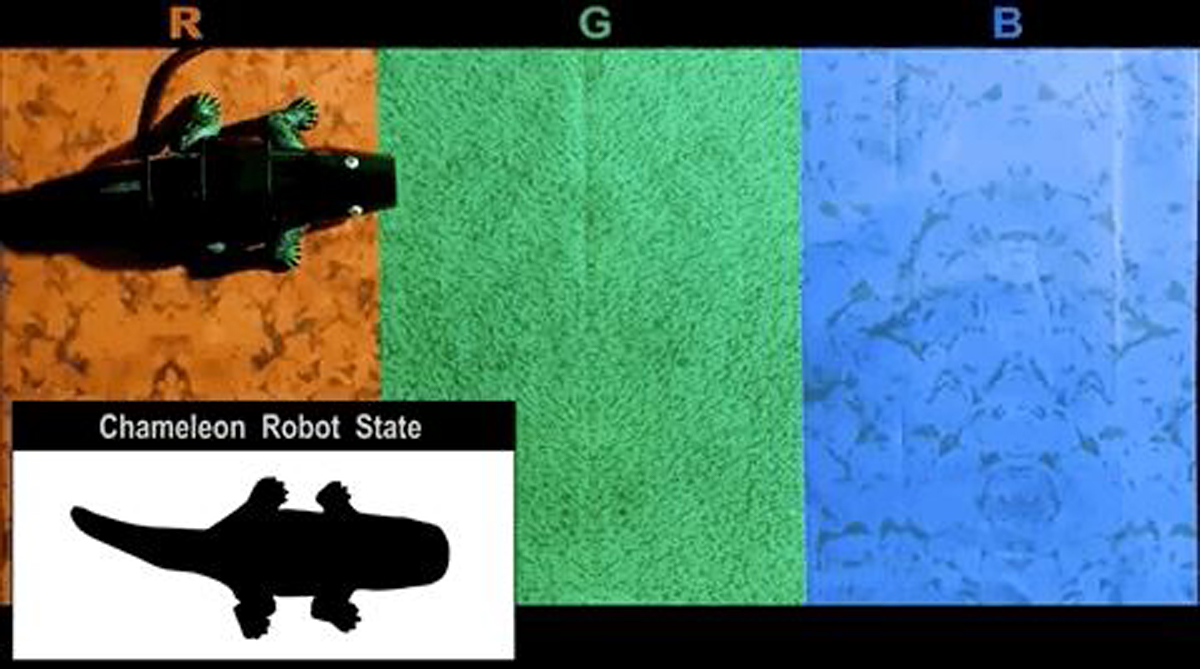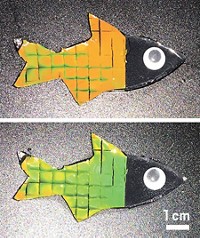Advertisement
Grab your lab coat. Let's get started
Welcome!
Welcome!
Create an account below to get 6 C&EN articles per month, receive newsletters and more - all free.
It seems this is your first time logging in online. Please enter the following information to continue.
As an ACS member you automatically get access to this site. All we need is few more details to create your reading experience.
Not you? Sign in with a different account.
Not you? Sign in with a different account.
ERROR 1
ERROR 1
ERROR 2
ERROR 2
ERROR 2
ERROR 2
ERROR 2
Password and Confirm password must match.
If you have an ACS member number, please enter it here so we can link this account to your membership. (optional)
ERROR 2
ACS values your privacy. By submitting your information, you are gaining access to C&EN and subscribing to our weekly newsletter. We use the information you provide to make your reading experience better, and we will never sell your data to third party members.
Materials
Strain-induced color changes in biomimetic materials
Microscopic cracks and folds reversibly alter appearance of polymer-based hybrids
by Mitch Jacoby
July 18, 2016
| A version of this story appeared in
Volume 94, Issue 29
Taking a clue from jellyfish and squids that quickly alter their appearance via muscle-controlled morphology changes in their bodies’ surface structures, researchers have designed polymeric materials that change appearance reversibly in response to mechanically induced folds and deformations (Nat. Commun. 2016, DOI: 10.1038/ncomms11802). The animals exploit their color-changing abilities for camouflage and safety purposes. Scientists could use the new synthetic materials for those applications or as mechanical sensors, optical switches, and color-changing smart windows. The researchers, led by Luyi Sun of the University of Connecticut, made several types of so-called mechanochromic materials by depositing a transparent rigid film made from polyvinyl alcohol and a silicate compound on a flexible polydimethylsiloxane (PDMS) substrate. Stretching the simple bilayer material by 40% changes its appearance markedly yet reversibly from transparent to opaque. The optical changes result from stretch-induced microscopic cracks and folds that trap and scatter light. The team varied the material design to induce other optical effects. For example, they bonded an ultraviolet-shielding film to PDMS doped with a variety of fluorophores. Stretches and strains as small as 5% caused these materials to quickly change colors or change from nonluminescent to highly luminescent.
Colorful
Stretching this polymeric hybrid material by several millimeters and releasing it induces a range of reversible color changes. Credit: Luyi Sun/U Connecticut





Join the conversation
Contact the reporter
Submit a Letter to the Editor for publication
Engage with us on Twitter